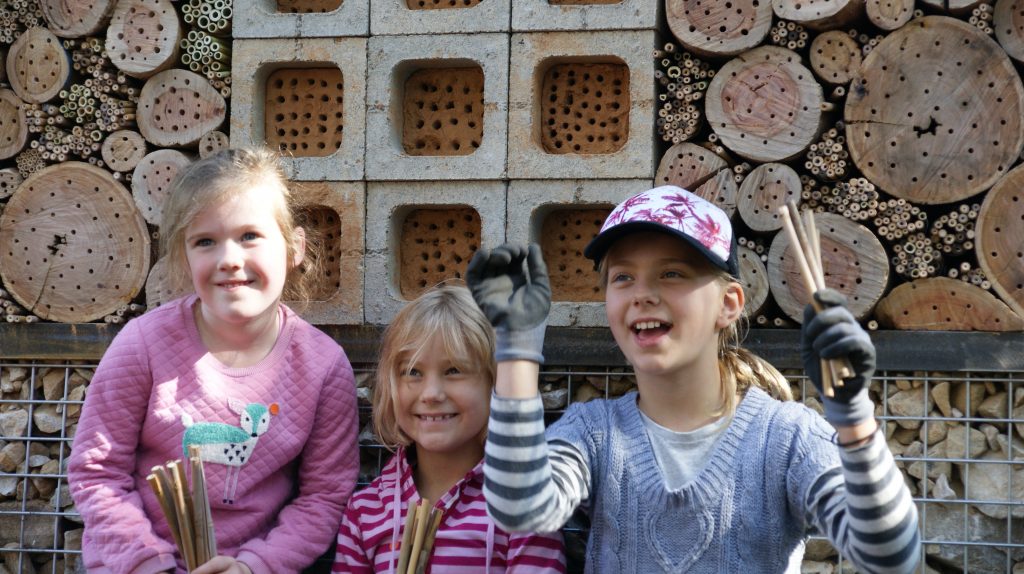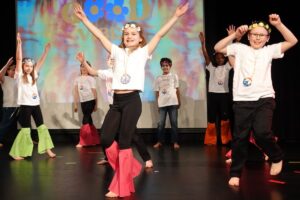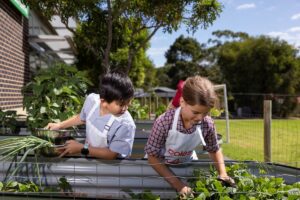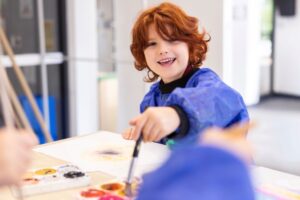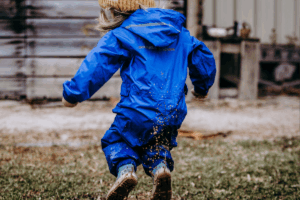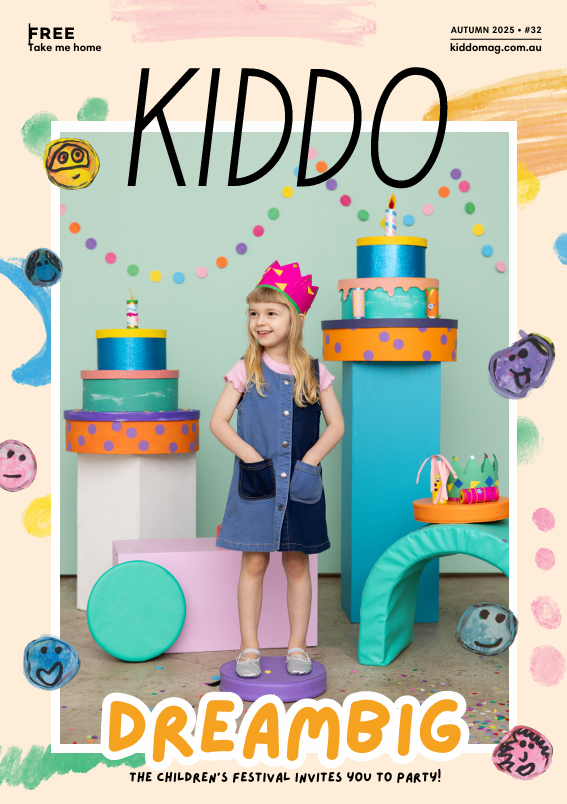The latest buzz
Honey bees have long played a part in children’s popular culture, way back from Do-Bee in Romper Room to today’s popular TV characters, Buzzby and Maya the Bee. If you ask a child what bees do, they’ll probably be quick to tell you that they make honey. Which of course is correct – for European honey bees. But the City of Adelaide are keen to raise awareness about the important role that our less-famous native bees play.
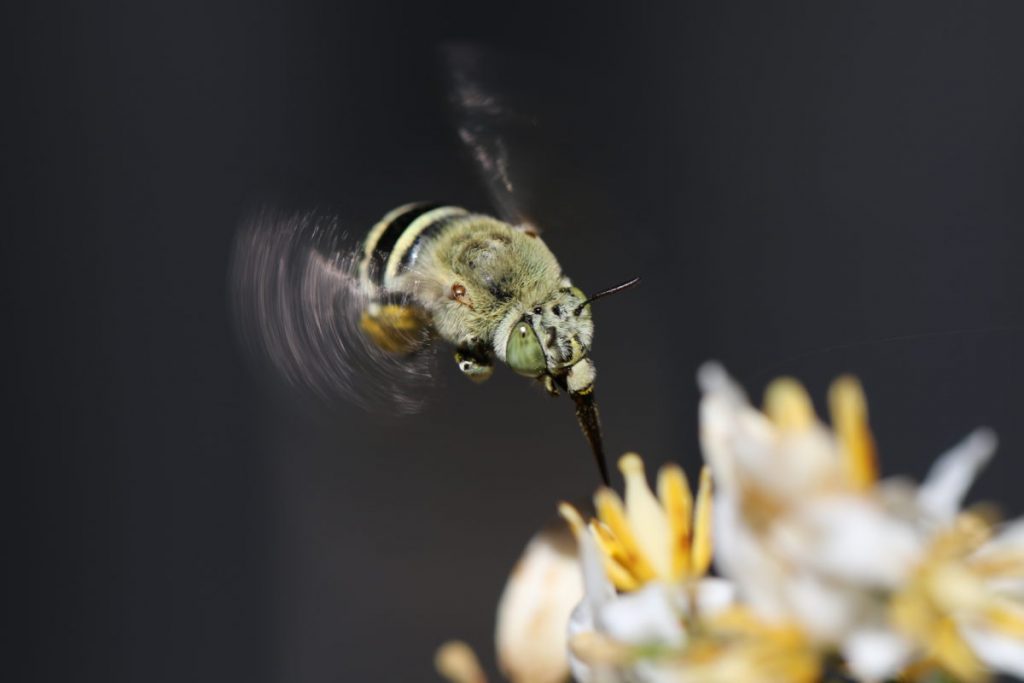
Why are native bees important?
In Adelaide, there are more than 200 species of native bees and they play an important role in the effective pollination of native flowering plants. Many of these plants cannot be pollinated by introduced bees, such as the European honey bee or bumblebee. Some native bee species are also great at pollinating some of the plant species that have been introduced to Australia.
Australian farmers rely heavily on honey bees to pollinate crops. In fact, bees pollinate almost 80 per cent of our food! However, some species of native bees, like the Blue banded bee variety, can be better pollinators for some plants (like the tomato) than European bees. Blue banded bees use a technique called ‘buzz-pollination’ that shakes pollen from flowers – several plant species require a vibration for its flowers to release their pollen. Because some native bees have this ability they can make our tomatoes taste better!
Around the world, bee populations are in severe decline. In Australia, native bees are threatened by scarce food sources, a lack of suitable habitat, the use of herbicides and pesticides, climate change, and competition with the European honey bee for food. Having a diversity of pollinating species in abundance helps maintain healthy ecosystems, and a healthy planet!
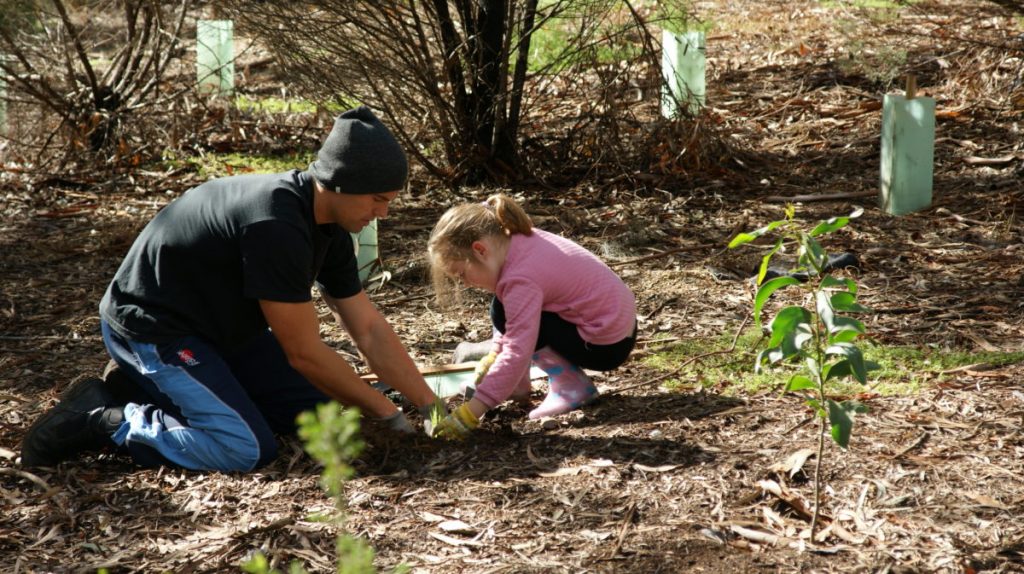
Let them Bee!
Most native bees tend to live alone, they might prefer homes in wood, gaps between rocks, the stem of plants or even underground. Typically, they are not protecting a hive, so they tend to be less aggressive and you are less likely to be stung by a native bee. The native bees that do build hives are stingless. In any case, it is wise to always take care around bees and keep your distance where possible.
So, what’s the buzz in Adelaide?
Teaming up with several local councils and the Adelaide and Mount Lofty Ranges Natural Resources Management Board, the City of Adelaide has joined a global movement to protect and increase native bee populations. The project so far has involved: educating the community on what native bees need for food and nests, how to build native bee nests in your own community (affectionately known as ‘Native Bee Hotels’ or ‘Native Bee BnBs’), installing bee hotels at several places along the River Torrens during community ‘Working Bees’, and planting special gardens to attract the bees.
There will be three native bee hotels around the city for families to visit with two along the River Torrens and one in Wirraninthi (GS Kingston Park). The native bee hotels will be an opportunity for you to possibly spot and learn more about the bees, and see what flowers they are attracted to.
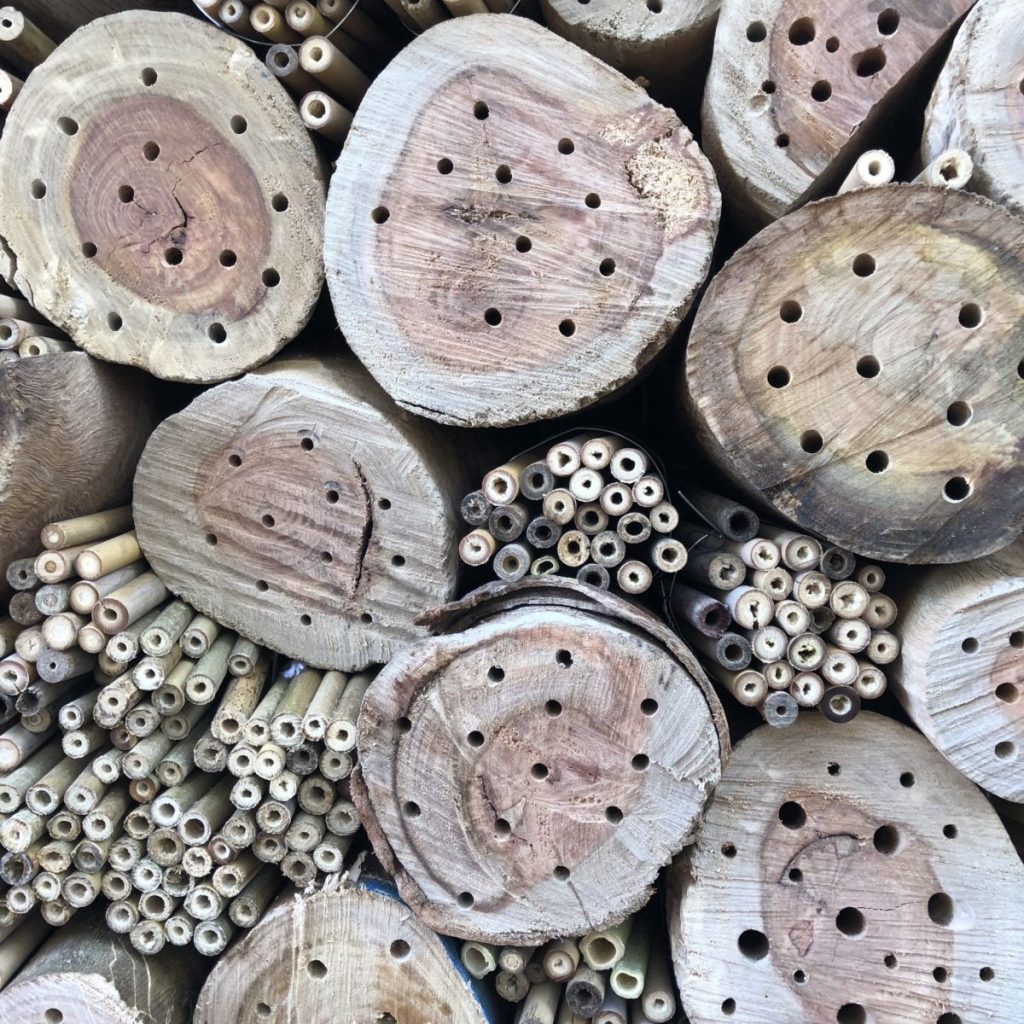
Things to Do at Home to Attract More Bees
GARDENING TIPS:
◆ Plant more bee food!
– native plants that flower from early spring to late autumn
– buzz-pollinated native plants such as Solanum,
Hibbertia and Dianella species. Also, veggie garden
plants such as tomatoes, eggplants and potatoes.
◆ Cut back on mulch – bare ground is important for
some bees that dig burrows as their homes.
◆ Minimise your use of weed barriers (i.e.
black plastic in gardening).
◆ Leave some areas of the garden free of vegetation.
◆ Include plants with pithy vines or canes –
bees can live in these structures.
◆ Limit pesticide use – this will kill bees and other wildlife.
◆ Mow your lawn less often.
INSTALL A ‘NATIVE BEE BNB!
◆ These are artificial nests with cavities to house bees.
◆ The aim is to replicate a variety of different types
of habitat that bees like, for example:
– dry dead material with various sized
holes like bamboo, wood, pithy stems
– create small holes in wood, bricks etc.
– paper straw bundles.
◆ The hotels must be kept dry and preferably
shaded, out of direct sunlight.
If you would like to find out more information about the native bee hotels and how you can attract native bees to your own backyard visit cityofadelaide.com.au/native-bees for all the details.
